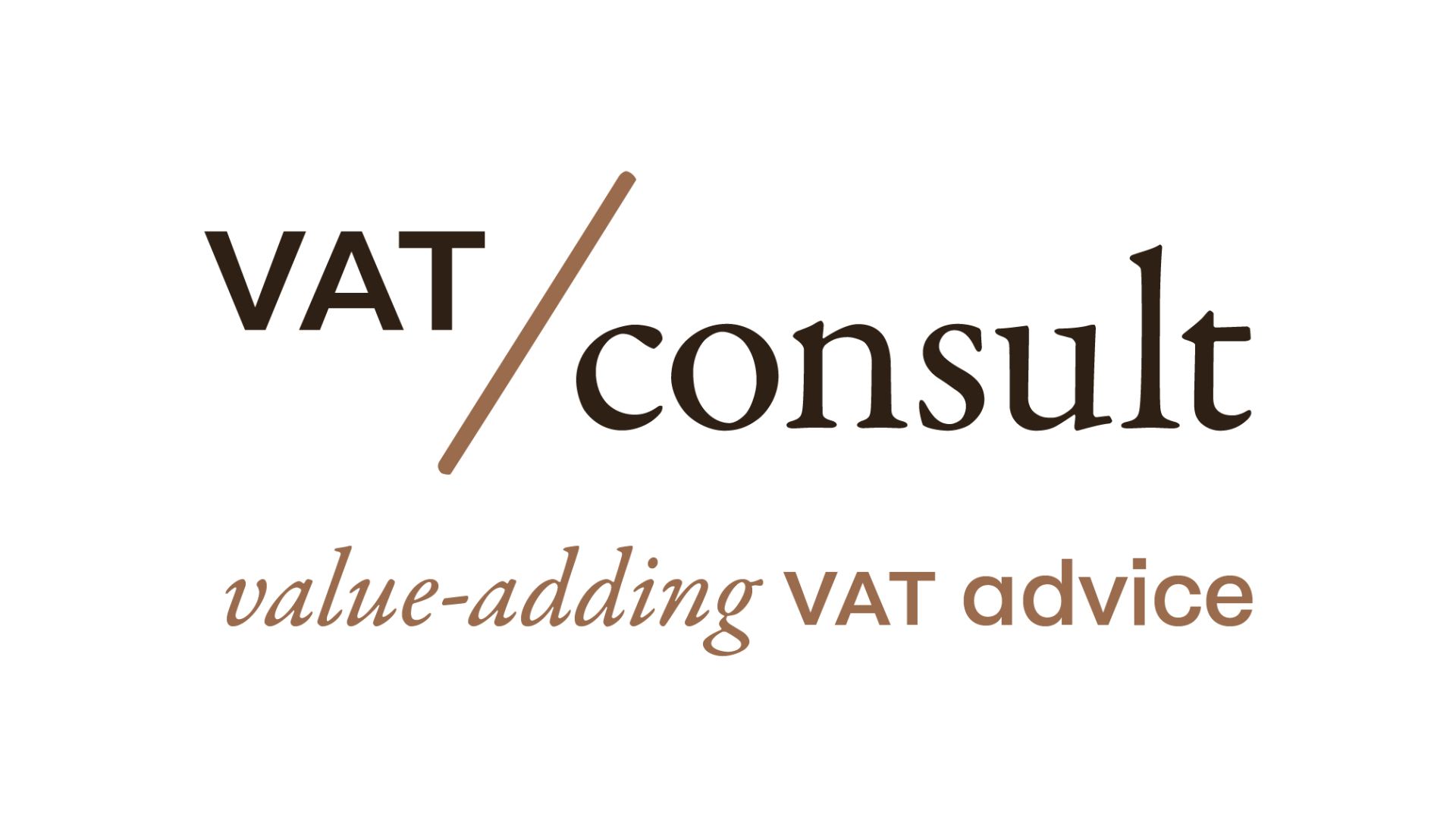A new EU customs authority
At the heart of the reform is the establishment of a new centralized EU Customs Authority. The goal? To consolidate the customs knowledge of local authorities and strengthen customs risk management within the EU. The European Customs Authority will use, among other things, artificial intelligence and machine learning to continuously analyze data and provide control recommendations to national customs authorities. This advanced system should provide customs authorities with a holistic view of the supply chain and the production processes of goods entering the EU. The ultimate goal is to enable EU customs authorities to strategically allocate their efforts and resources, focusing on preventing the entry of unsafe or illegal goods into the EU.
A new EU Customs data hub
Under the supervision of the newly established EU Customs Authority, an EU Customs Data Hub will serve as a centralized platform for collecting and consolidating data provided by importers and exporters across the EU. This advanced platform is designed to simplify data sharing for national customs authorities and is expected to eventually replace the 111 existing national IT systems. According to the European Commission, this transition could save member states "up to 2 billion euros per year in operational costs". Over time, all importers will be able to use the Data Hub to handle all their customs affairs, with fewer declaration obligations. The Commission expects that this consolidation can save users up to 2.7 billion euros per year.
Removing the EUR 150 Customs Duty relief
The proposals also plan to abolish the EUR 150 customs duty exemption for low-value consignments, currently susceptible to fraud. It is estimated that 65 percent of all packages entering Europe are undervalued to avoid customs duties.
Additionally, the reform will streamline customs duty calculations for commonly imported low-value goods in the EU, significantly reducing the complexity of customs duty categorization from thousands of categories to a simplified framework consisting of just four categories. The new measure is expected to generate an additional 1 billion euros in customs revenue annually.
Additionally, the reform will streamline customs duty calculations for commonly imported low-value goods in the EU, significantly reducing the complexity of customs duty categorization from thousands of categories to a simplified framework consisting of just four categories. The new measure is expected to generate an additional 1 billion euros in customs revenue annually.
Digital platforms will be deemed importers
The proposed reforms target digital platforms. They will be required to assume the role of importer. As a result, they will be responsible for paying customs duties and VAT upon importation of purchases. Currently, online purchases account for more than 73% of all customs declarations. The Commission aims to ensure that consumers are no longer faced with hidden costs or unexpected administrative procedures upon the arrival of their packages. Currently, the responsibility for customs obligations often lies with consumers.
Accompanying VAT measures
Simultaneously, the following VAT reforms are proposed:
• Firstly, the "deemed seller" rule will apply to all import B2C distance sales of goods, regardless of whether their value is below or above 150 EUR.
• The One-Stop-Shop system for imports will also be extended to all B2C distance sales of imported goods, regardless of their value, with the exception of excise goods.
• Finally, the special arrangements will be expanded, allowing postal companies, courier services, customs agents, etc. to declare and pay the collected VAT on a monthly basis for imports on behalf of their customers.
These measures collectively aim to simplify VAT formalities and reducing the complexity and costs for online platforms and e-commerce sellers. By abolishing the IOSS threshold of 150 euros, the proposal supports the idea of a single EU VAT registration, reducing the need for multiple registrations in different member states.
Trust & check traders
The reform also creates a new category of EU importers - ‘Trust and Check' traders. This is framed as an advanced version of the Authorized Economic Operator (AEO) accreditation. Trust and Check traders will only need to interact with one single portal when submitting their customs information and will only have to submit data once for multiple consignments. They will be able to benefit from significant customs simplifications to the point where goods can be released into circulation without any customs declarations or customs intervention at all.
Timeline
The customs proposals are planned to be implemented over the next 10 to 15 years. The EU Customs Authority AND EU Customs Data Hub are targeting to be operational by 2028, with an initial focus on e-commerce transactions. All traders might start using the EU Customs Data Hub voluntarily by 2032, with a potential transition to mandatory use by 2038. If approved, the VAT reforms are scheduled to come into force from March 1, 2028.
The Commission's proposal will now be discussed by national governments and the European Parliament to reach a consensus and progress with the proposal.
